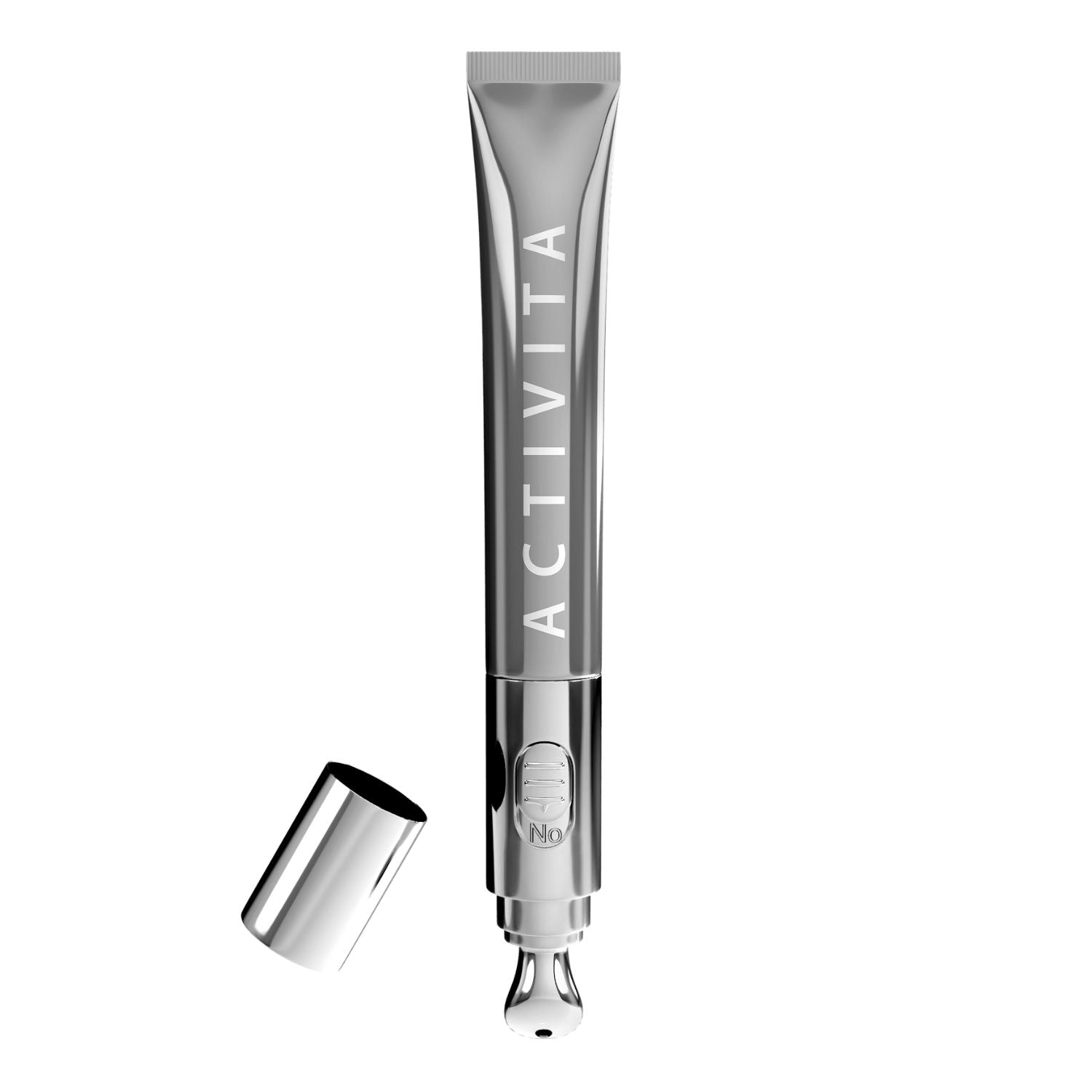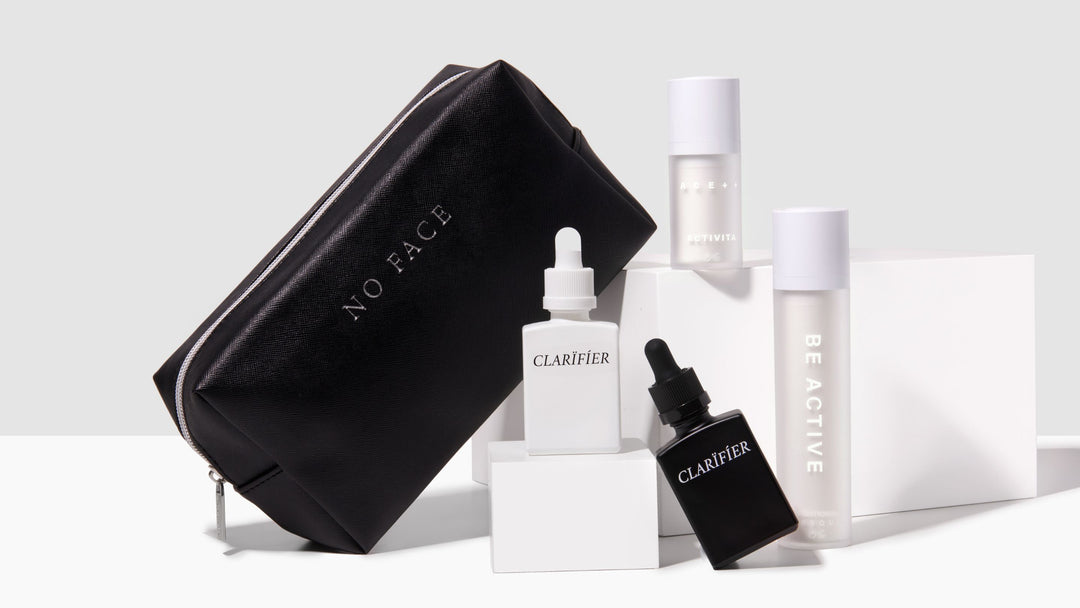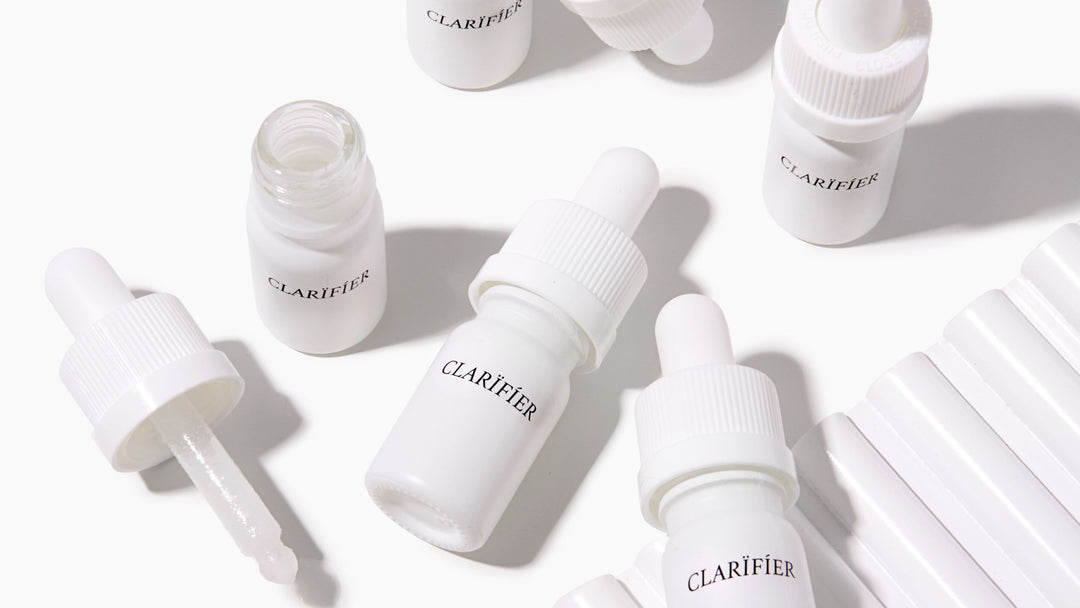Photodamage

The skin is the body's largest organ. Our skin changes over time. Visible signs of aging begin to appear when we reach our mid-twenties. As we grow older, our skin gets more susceptible to sun damage.
What is photodamage in the skin?
Photodamage occurs when the skin is exposed to ultraviolet (UV) radiation from the sun or artificial sources, such as tanning beds or sun lamps.
You may not be aware that an enjoyable sunbath in your backyard can result in unwanted skin damage. Even during cloudy days, the UVA can still reach deep into the skin, and this can cause collagen loss.
What does photodamage do to your skin?
UV exposure can result in:
- Irritation like redness, dryness, sunburn, and swelling.
- Hyperpigmentation resulting in dark spots, brown spots, uneven skin tone
- Accelerated skin aging
The effects of photodamage in the skin may immediately be seen in some cases, while it may take years for others to progress. It varies from person to person. And would depend on several factors such as a natural skin tone, the amount of time spent in the sun, the amount of sunscreen used, or if a person is genetically predisposed to getting sun-damaged skin.
Long-term exposure to UV radiation can lead to various skin conditions and even chronic diseases.
Can photodamage be prevented?
You can’t prevent photodamage. The invisible UVA can reach the skin’s dermis without you knowing it.
Regular use of sunscreen can offer protection but only for a limited time. And even with the best protection, the skin can still get damaged.
How to treat photodamaged skin?
The skin would need nutrients to fight against free radicals that cause the oxidative stress brought by the UV rays.
A superior antioxidant skin product is essential.
Photo Corrector in the NO FACE MD Dermatology Science Formula is developed and approved by dermatologists for treating photodamaged skin. After years of dermatology research, we discovered that a combination of potent antioxidants in this formula is most effective against UV damage. And can be used for all skin types. This formula does not require extremely low PH, so the skin won’t be irritated. It can be applied immediately after sun exposure and underneath a sunscreen so that the skin can be protected and corrected during the day. Unlike retinoic acids, the Photo Corrector doesn’t cause UV sensitivity, so it is ideal during the day and at night.
Correcting photodamage should be a daily habit.
Having a scientific skincare routine would help the skin return to its original radiance over time.







Leave a comment